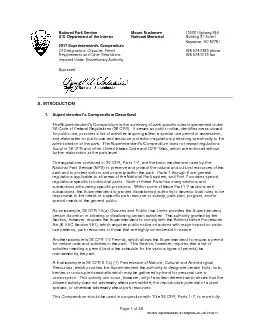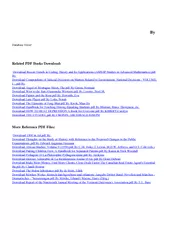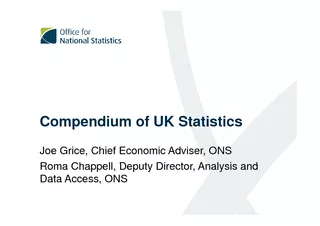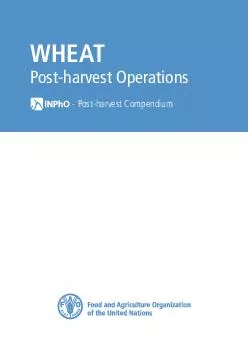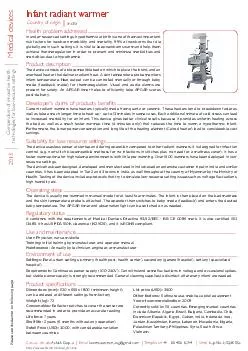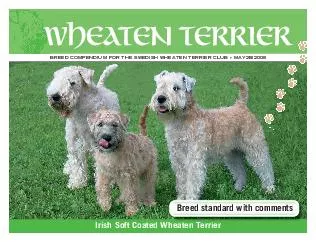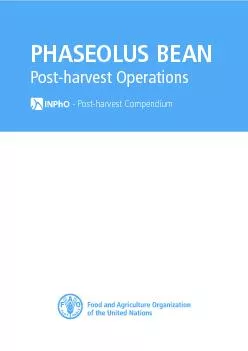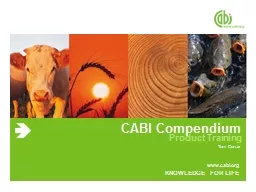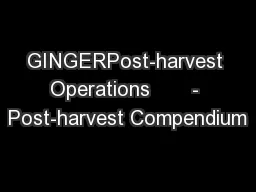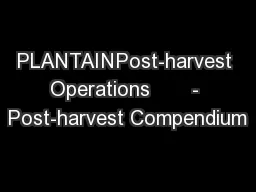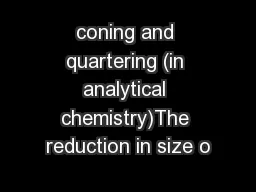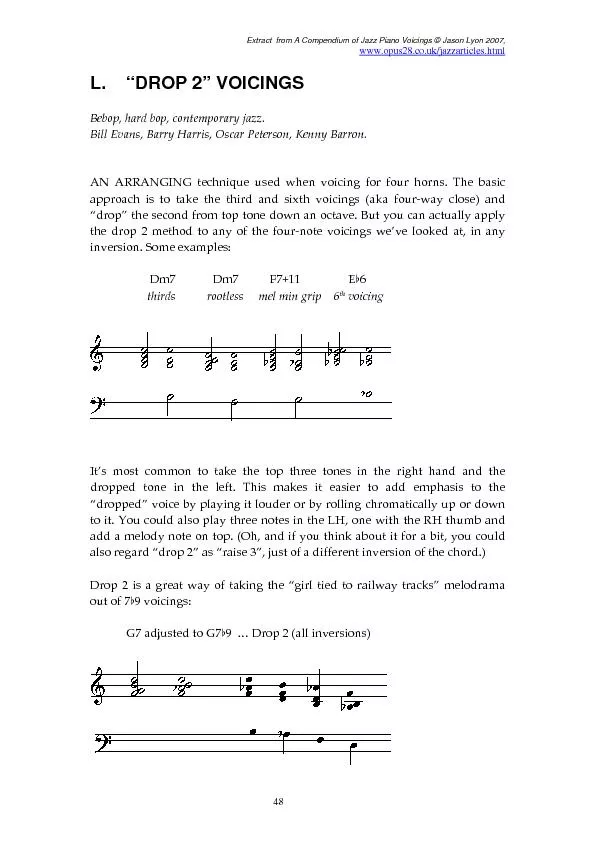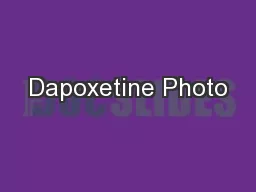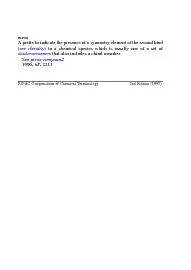PDF-perintendents Compendium v08C15
Author : melanie | Published Date : 2021-06-05
Page 1 of 26 MORU Su 2017 National Park Service US Department of the Interior 2017 Superintendents Compendium Of Designations Closures Permit Requirements and Other
Presentation Embed Code
Download Presentation
Download Presentation The PPT/PDF document "perintendents Compendium v08C15" is the property of its rightful owner. Permission is granted to download and print the materials on this website for personal, non-commercial use only, and to display it on your personal computer provided you do not modify the materials and that you retain all copyright notices contained in the materials. By downloading content from our website, you accept the terms of this agreement.
perintendents Compendium v08C15: Transcript
Download Rules Of Document
"perintendents Compendium v08C15"The content belongs to its owner. You may download and print it for personal use, without modification, and keep all copyright notices. By downloading, you agree to these terms.
Related Documents

